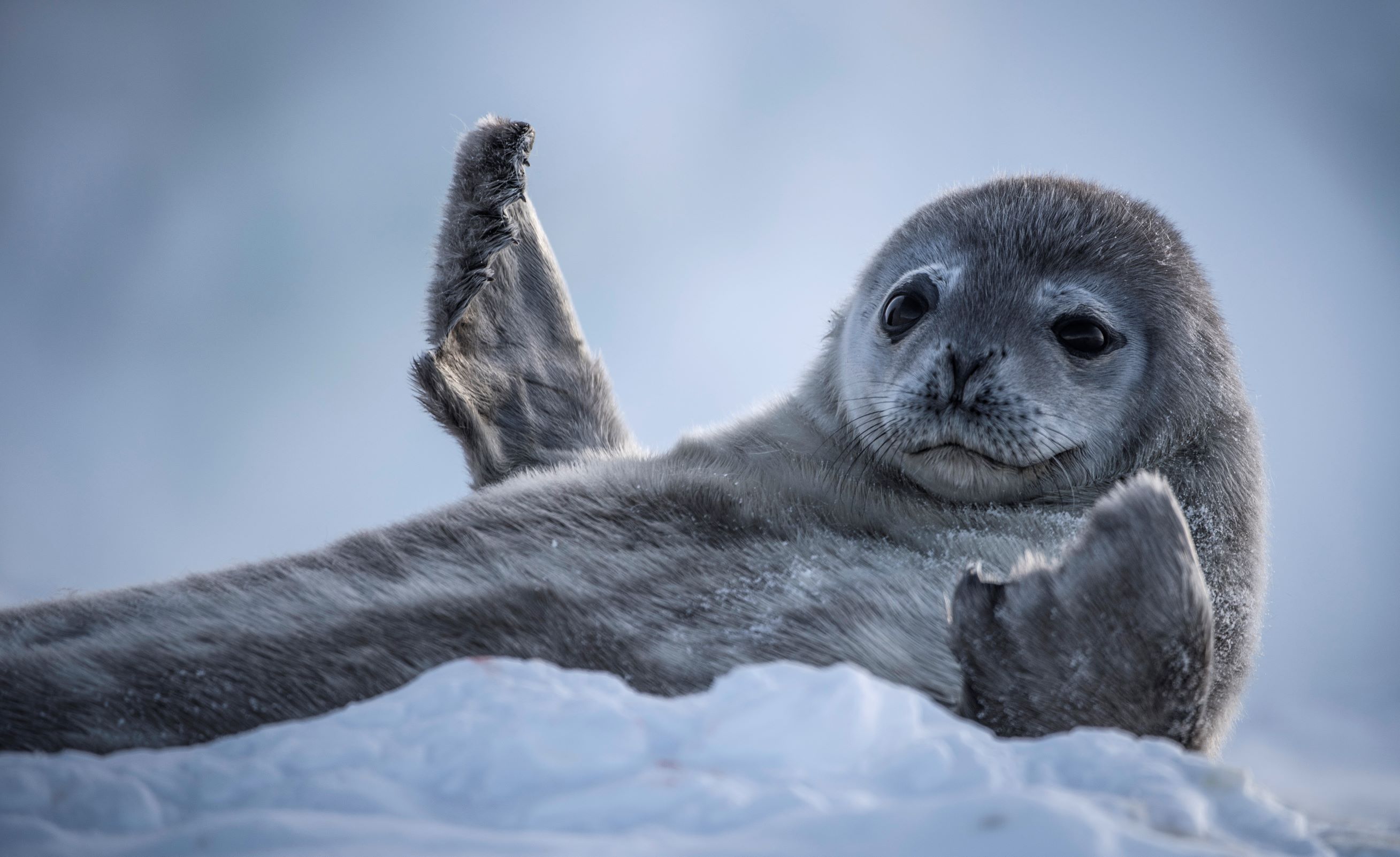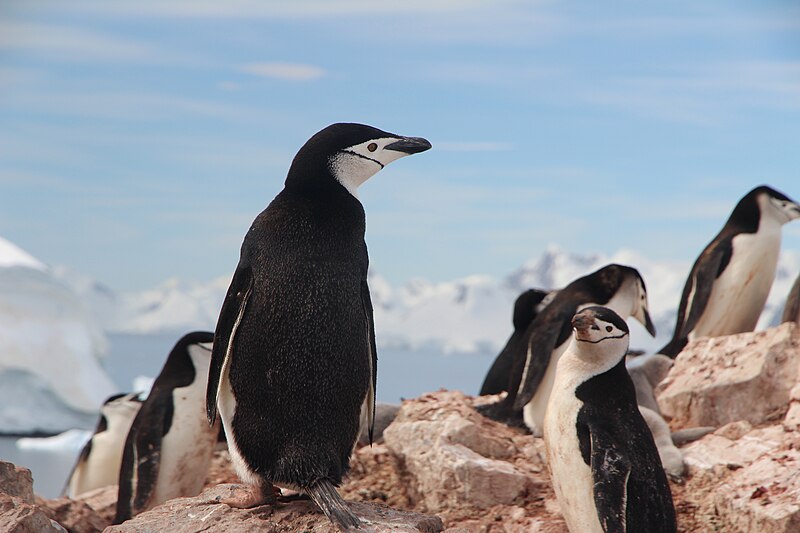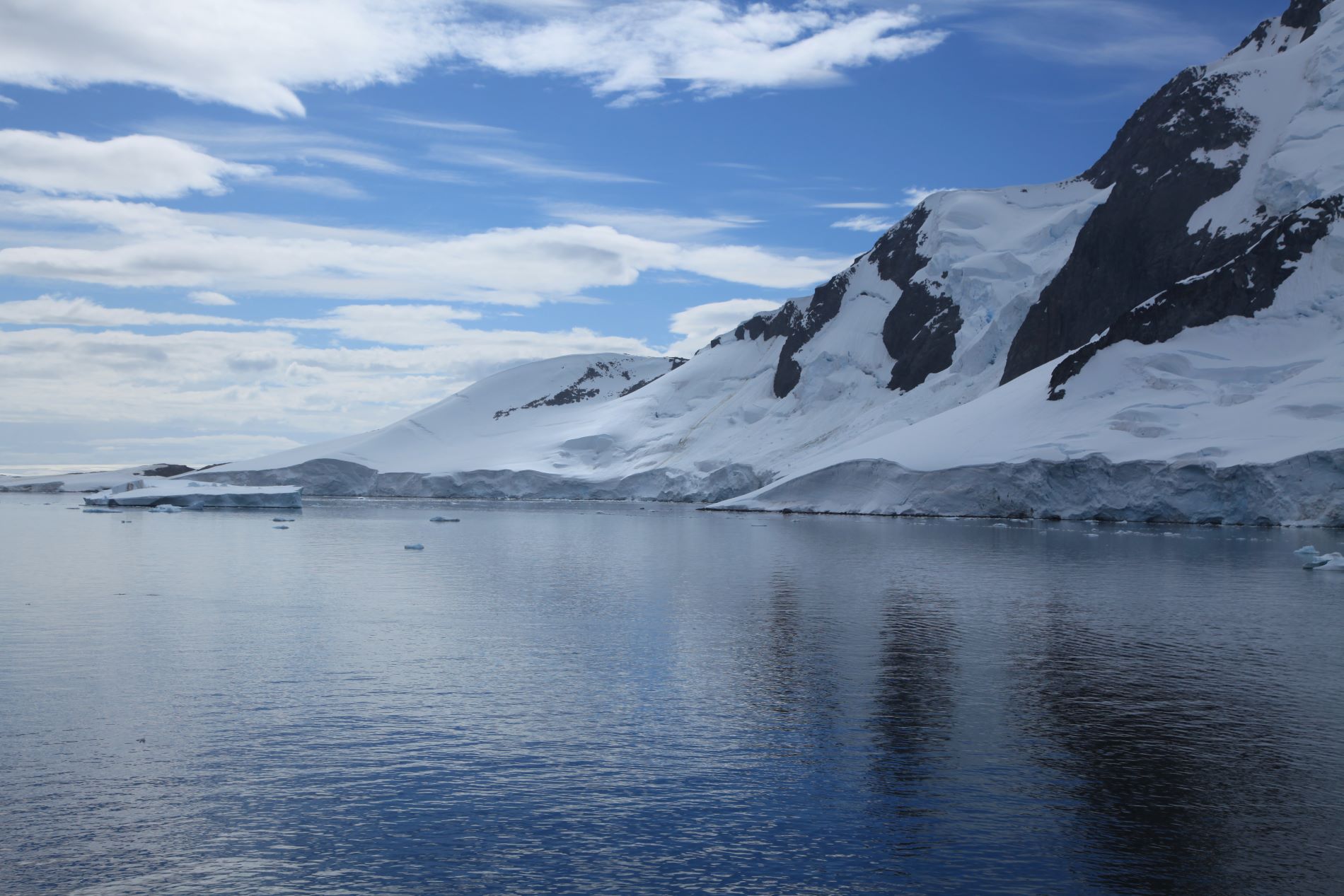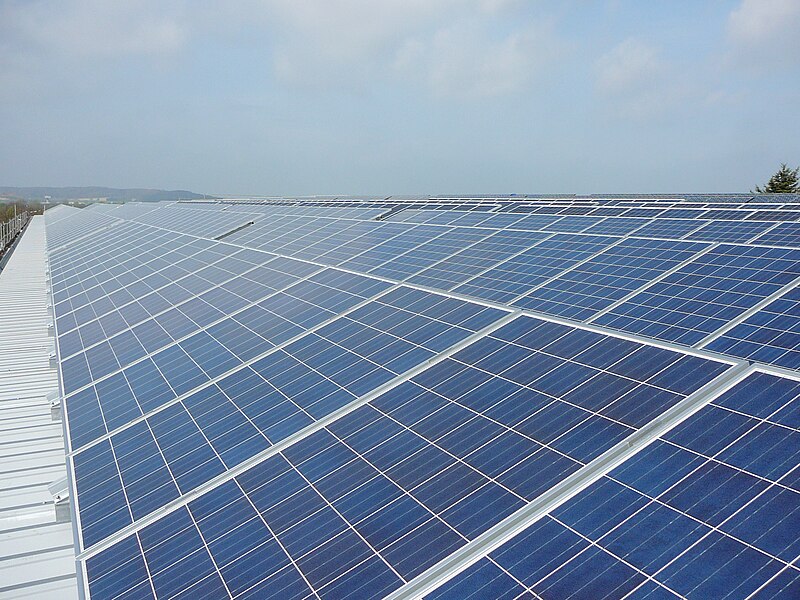
Antarctica has been in the news lately, and the word from our southernmost continent has some folks worried. As the winter season ends, scientists from the United States National Snow and Ice Data Center released some concerning news: the amount of sea ice around Antarctica is the smallest they’ve seen since they started tracking it with satellites in 1979.
Compared to 1986, Antarctica had 398,000 square miles less of sea ice at the end of this past summer. That's an ENORMOUS area! To help you visualize it, Antarctica is missing a piece of ice that's 1.5 times bigger than the whole state of Texas, or 2.4 times the size of California!
Related: Watch “Antarctica” at the GIANT SCREEN Infinity Theater in the Denver Museum of Nature & Science.
Why is this a big deal? Well, sea ice is like a big protective blanket surrounding Antarctica and all the incredible animals living there. The smaller the ice-blanket, the faster the other ice around Antarctica melts. Less ice means more trouble for animals living in Antarctica. Just last year, thousands of baby penguins didn't make it because the ice broke too soon. Not only is this devastating because of the animals – and yes, we’re talking baby penguins! – but it also points to a serious situation for the entire planet.

Group of penguins standing on rocky surface in Antarctica. (Photo/ Eamonn Maguire)
Antarctica and the Southern Ocean play a vital role in influencing global sea levels and currents, and as rising sea levels threaten millions of people and livelihoods around the world. Additionally, the wildlife-rich waters absorb huge amounts of carbon, which benefits the health of the entire planet.
"The unprecedented decline in Antarctic sea ice serves as a stark warning of our planet's rapidly changing climate. To make a positive impact, we must collectively do our part to reduce greenhouse gas emissions to help safeguard this vital ecosystem for future generations,” said Dr. Tyler Lyson, Curator of Vertebrate Paleontology at the Denver Museum of Nature & Science.
We know we need to protect this vital landscape, but what can we do? To answer this question, we’re sharing some tips from “Antarctica,” a giant-screen film from the producers of “Planet Earth II.”

Mountains and ice in Pléneau Bay, Antarctica. (Photo/ Liam Quinn)
Eat more plants
Worldwide, livestock accounts for about 14-18% of human-induced greenhouse gas emissions, so reducing your daily consumption of meat and dairy products is one of the most effective actions you can take.
Change up your commute
Lower your personal emissions by riding a bike, walking, carpooling or taking public transit when you can.
Go green
If you have the financial stability to do so, choose energy saving devices such as programmable thermostats, modern insulation and heat pumps or consider bigger purchases like rooftop solar panels or an electric car if you can.

Using solar energy can help lower carbon emissions. (Photo/ Christoffer Riemer)
Plant and protect trees
Trees do much more than just suck up a lot of CO2. They also help filter water and prevent flooding, provide habitat to support biodiversity, reduce air pollution and much more!
Limit plastic use
Any action to reduce your consumption of single-use plastic helps! Use reusable straws, containers, cutlery, etc. when possible.
Antarctica is a land of mystery, and yet what happens here affects every single one of us. As the film states, we must protect our planet's last pristine frontier and preserve it for future generations – both human and penguin.
Want to learn more? Watch “Antarctica” on the giant screen at the Infinity Theater in the Denver Museum of Nature & Science. Narrated by Academy Award Nominee Benedict Cumberbatch, this film offers never-before-seen footage and brings audiences to the farthest reaches of the wild and majestic continent.